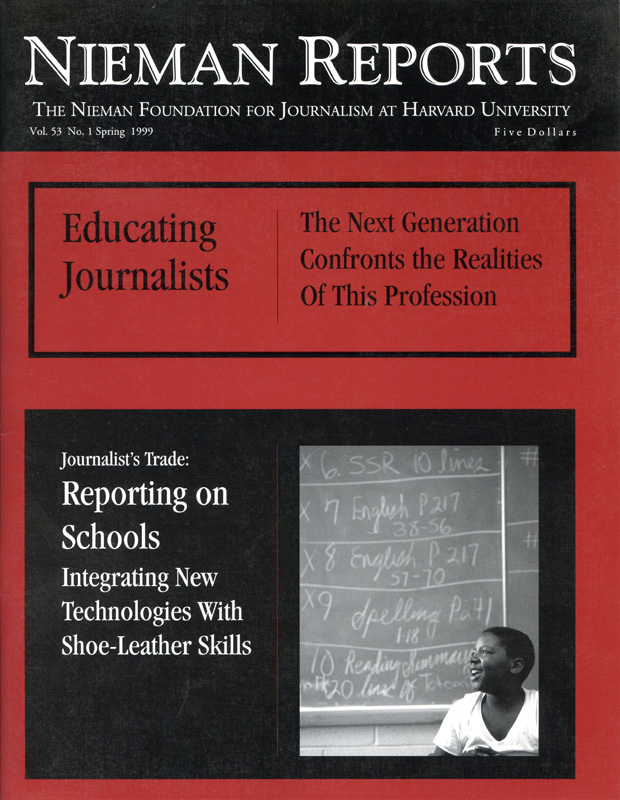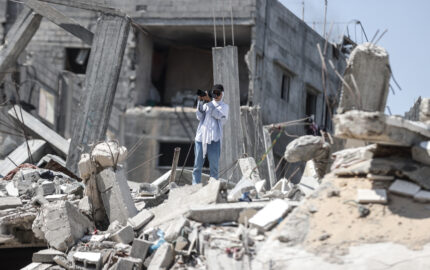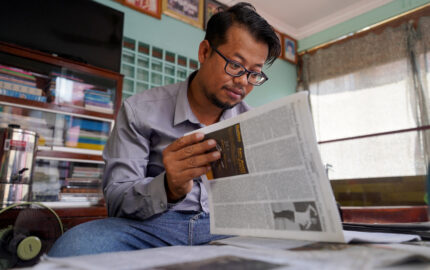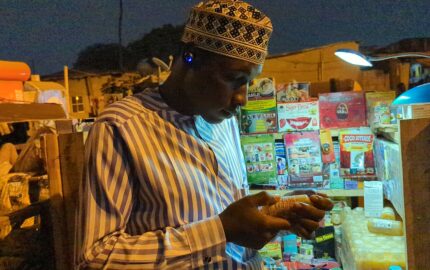Venezuelan reporter Carlos Subero constructed his own databases to analyze politicians’ performances.
Swedish reporter Stefan Lisinski exposed questionable practices involving bankrupt companies by using a massive Swedish database of information on the companies and directors.
Dutch journalist Marjan Agerbeek probed government data with spreadsheet software and was able to document poor financial planning by the country’s 13 universities.
In the face of a general lack of liberal open-record laws and easily available government databases, journalists throughout the world are learning how to effectively use tools of computer-assisted reporting that extend past Email and searching the Internet. Computer-assisted reporting (or CAR) not only involves searching sources on the Internet, but also doing data analysis with such software as spreadsheets and database managers. Often journalists use the spreadsheets Microsoft Excel or Lotus 1-2-3 and the database managers Microsoft Access or Paradox. As the journalists become more skilled, they add statistical software—SAS or SPSS are two such programs—and mapping software—ArcView or MapInfo—to their repertoire.
In the United States, CAR was launched a decade ago when dozens of reporters began consistently practicing it to provide broader context and depth to their stories. Those stories attracted attention and garnered awards for the reporters who practiced this kind of information gathering. Now, in support of their stories, these reporters could claim not that they had randomly reviewed a few hundred documents, but instead that they had methodically examined hundreds of thousands, if not millions, of records.
By 1994, word of the CAR successes had reached other countries, and foreign journalists began attending the “boot camps” (weeklong, intense seminars where many U.S. reporters were trained) at the National Institute for Computer-Assisted Reporting (NICAR) at the University of Missouri School of Journalism. In the past five years, journalists from many countries, including Finland, Sweden, New Zealand, Venezuela, Argentina, the Netherlands, Norway, Brazil, Mexico, Russia, Bosnia and Canada have participated. And periodically NICAR’s newsletter, Uplink, publishes articles on the successes and experiences of international journalists using CAR.
The Danish Effort
One example of how CAR has aided foreign journalists happened in Denmark. In 1996, Nils Mulvad and Flemming Svith from Jyllands-Posten, Denmark’s largest newspaper, participated in our boot camp and visited U.S. newspapers where reporters were using CAR extensively. Excited by what they saw, Mulvad and Svith returned to Denmark only to be met by what Mulvad characterized as a mostly “defeatist attitude,” since it was unclear how these reporters might employ their newly acquired skills.
“Over the past three years this has changed fundamentally,” Mulvad wrote recently in a paper for a workshop on CAR. “Although no right of access to electronic data exists, many authorities are prepared to pass on information anyway.”
Mulvad and Svith invited NICAR to Denmark in 1997 and 1998 to conduct seminars for other Danish journalists from print and broadcast. Employing CAR techniques, they also reported and wrote stories that disclosed the side jobs of moonlighting legislators, outlined price gouging in telephone rates, and dissected election results. Other reporters followed their leads for daily and longer-term project stories, sometimes constructing complex databases that would challenge more experienced U.S. journalists’ skills.
These two reporters have also written a CAR textbook based on their Danish experiences and have created an association and institute to encourage widespread use of data analysis in Danish journalism.
The Mexico Project
At the same time Scandinavian journalists began venturing into database techniques, journalists in Central America and South America also were taking their first steps into CAR. Jump-started by training provided by the Investigative Reporters & Editor’s (IRE) Mexico project, Periodistas de Investigacion, journalists in Mexico, Venezuela, Brazil and other nearby countries overcame their initial doubts, and the Robert R. McCormick Tribune Foundation provided extensive funding.
Pedro Armendares, Director of Periodistas de Investigacion, has cited numerous examples of how CAR has helped stories, whether journalists use U.S. data, their country’s data, or build their own databases.
- In Brazil, a journalist analyzed a U.S. database from the Immigration and Naturalization Service for a frontpage story on the “brain drain” of Brazilian executives to the United States.
- In a CAR workshop in Honduras, an editor was thrilled to find information on military aid to his country in U.S. General Accounting Office records. That information had been denied to him by Honduras officials because of national security reasons.
- A Mexican journalist, Francisco Vidal, has cruised the Internet for his business and economic beat, finding tips and databases, and downloading data into Excel or Access to report on mergers, multinational companies and company executives.
- In Brazil, a journalist dug into Brazilian government statistical reports to show that in Sao Paulo the first cause of death among children between 10 and 14 years old is homicide and that often the killer is a parent.
- Reporters from the daily Publico, in Guadalajara, Mexico, and El Universal, in Caracas, have built databases from judicial hard copy to methodically profile and background felons convicted for drug-related offenses. For example, in The Publico series, reporters found that only five percent of drug arrests resulted from police investigations. The stories also uncovered disparities in sentencing, including the case of a child caught at home with two drug plants who received the same jail time as a drug smuggler arrested while transporting pounds of cocaine.
Sharing Information and Experience
More sophisticated techniques engendered by computer-assisted reporting lead to sharing of information and reporting experiences on the NICAR listserv, nicar-l and at conferences in the United States and other countries. For the past two years, journalists have gathered at NetMedia, an annual conference in London, for a day of classes in computer-assisted reporting led by NICAR. The classes cover the basic uses of the Internet, spreadsheets and database managers. Last year, about 200 journalists from Great Britain, other European countries and Africa attended the classes. Organized by Milverton Wallace of London’s City University, NetMedia will again offer a day of more than two dozen classes in July of this year.
In 1997 and 1998, IRE and Periodistas also offered training at “Border Gatherings” in Mexican cities in which reporters from the United States and Latin America swapped information on Web sites and databases on the environment, law enforcement and drug smuggling, and illegal immigration. Periodistas also conducted hands-on computer training classes.
At NICAR’s annual conference, journalists take part in panels and handson classes. Through these conferences, on-line discussion groups, and the new international investigative reporting effort by the Center for Public Integrity, journalists have opportunity to expand their skills, the breadth of their reporting, and their network of contacts and knowledge.
Leading international journalists regard the mastering of these techniques as critical to journalism and its place in the 21st Century. “Basically,” as Nils Mulvad recently said, “the aim is to secure democracy in the society of the future.”
Brant Houston is Executive Director of Investigative Reporters and Editors, Inc. and the National Institute for Computer-Assisted Reporting. An associate professor at the University of Missouri School of Journalism, he also is author of “Computer-Assisted Reporting: A Practical Guide.”



